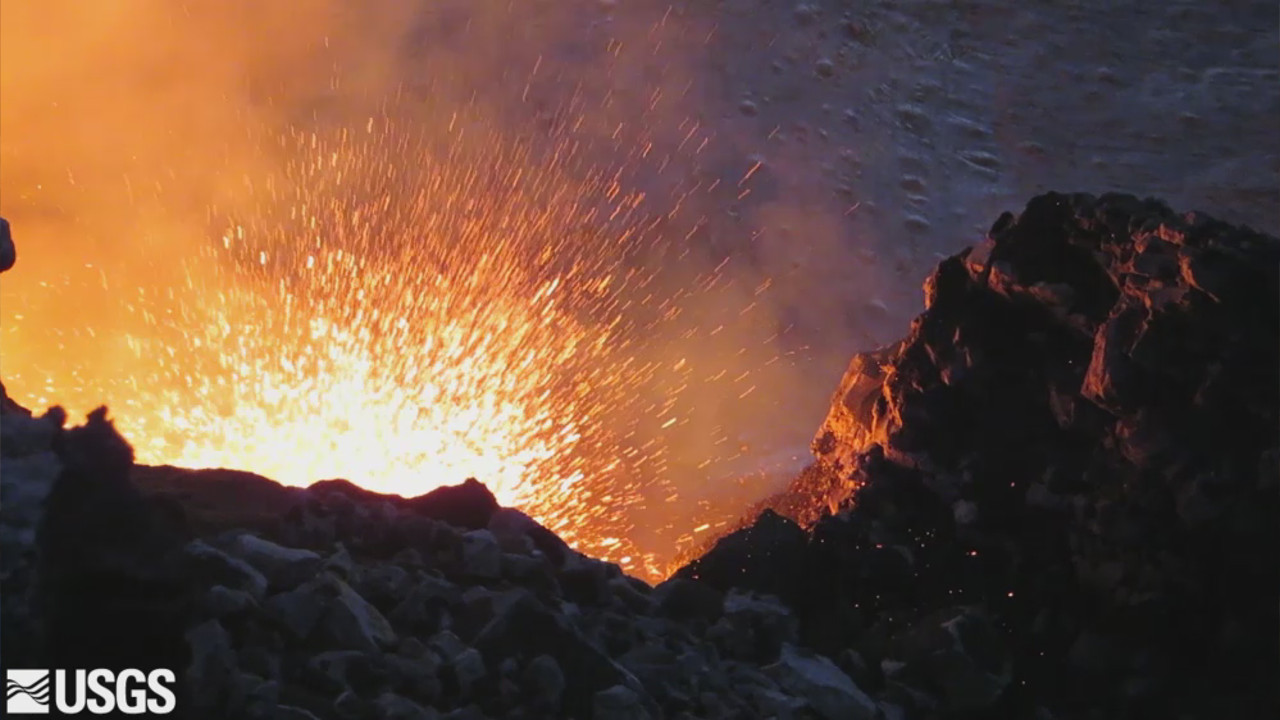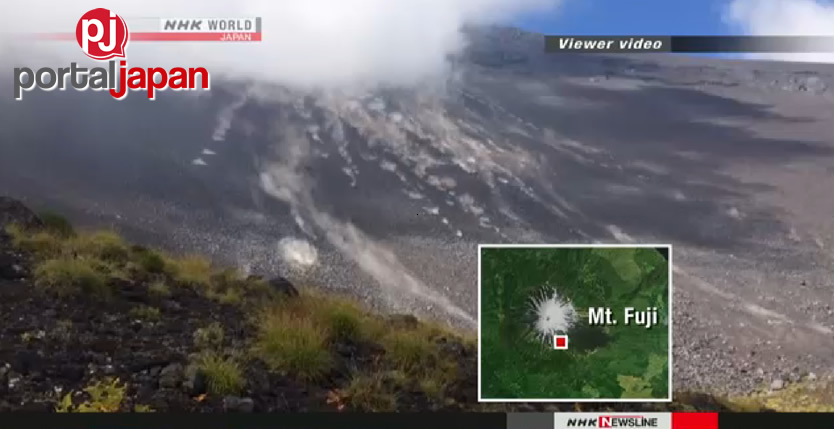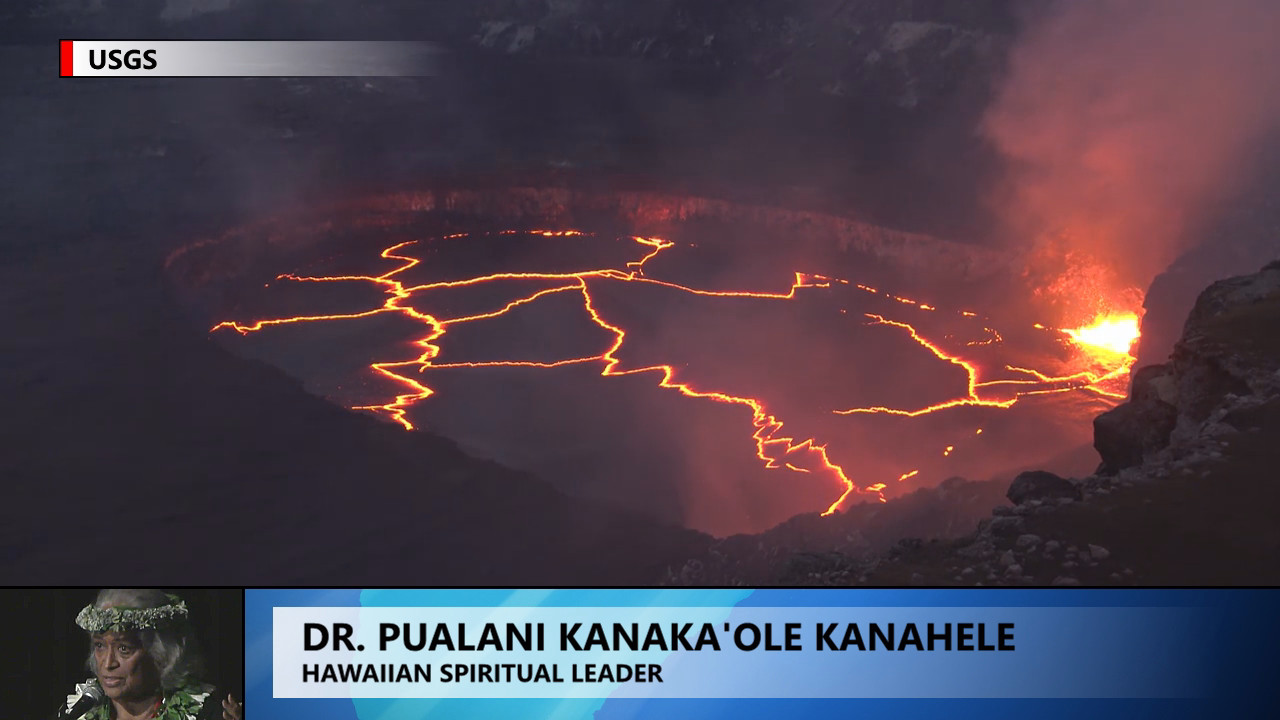Re: More volcanic eruptions
I had heard an increase of tremors at Popocatepetl's volcano these last days ...
Went to find more about what might supposed to mean the increasing of tremors, found this ...
And this is yesterday's official report of Cenapred
What is not mentioned in text, but it can be seen in graphics in the site, there has been 316 tremors in August 2016, comparing to 90 tremors from 1996-1998.
I had heard an increase of tremors at Popocatepetl's volcano these last days ...
Went to find more about what might supposed to mean the increasing of tremors, found this ...
http://volcano.oregonstate.edu/volcano-sounds-eruptions said:Volcano Sounds Before Eruptions
Sounds from volcanic processes (also known as volcano acoustics) that occur before an eruption primarily come from the pressurization of magma bodies in cracks and conduits, bubble explosions, and the resonating superheated hydrothermal systems near the surface of a volcano. As magma ascends, moving toward the surface, gases build pressure within the magma, forcing cracks and dikes to open and expand through the overlying rocks. The high pressures associated with the gas-rich magma within these cracks, pipes and conduits can cause the volume to resonate similar to a pipe organ.
The acoustic signal emitting from resonating bodies of gas rich magma, large bubbles, and or high pressure hydrothermal fluids within the volcanic edifice is often referred to as volcanic tremor. The fundamental frequency of the tremor is related to the volume of the resonating body and can change through time causing an effect known as "gliding". Gliding may occur as a result of a change in the properties of the magma body as more gas is exsolved and/or the crack holding the fluid/gas mixture opens or closes. Volcanic tremor is often used in conjunction with earthquake swarms as a geophysical warning that an eruption is not far off since it is often the direct result magma forcing its way up toward the surface.
...
And this is yesterday's official report of Cenapred
http://www.cenapred.gob.mx/reportesVolcan/Procesos?idiomaReporte=ing&tipoProceso=detallesReporteVolcan&id_registro=7086&caso_reporte=0 said:August 31 11:15 h (August 31 16:15 GMT)
The information contained in this section is the result of Popocatépetl volcano's monitoring, performed together with the Universidad Nacional Autónoma de México (UNAM).
The report is updated every day at 11:00 hours (local time), with a summary of the activity recorded over the last 24 hours (starting at 10 hours of the previous day to 10 hours of the current day). In the case of an extraordinary event, it will be reported immediately. ...
In the last 24 hours the seismic records of the surveillance system at Popocatépetl volcano registered 60 volcanotectonic events. The strongest was recorded today at 01:11 h con a magnitude of 3, located at the southeast sector. These events belongs to the swarm that that began last Monday at 11:24 h. At the time of this report they have been counted 366 of these earthquakes.
On the other hand, there were registered 113 low-intensity exhalations, with emissions of steam and gas and one explosion yesterday at 15:02 h. Besides there were recorded 198 minutes of low-amplitude harmonic tremor.
Yesterday, with the support of the mexican NAVY, was carried out an overflight to the volcano . It was confirmed that the explosions that took place on 27 and 28 August destroyed the dome 69, built on 1st August. Instead it was an internal crater that has an estimated diameter of 300 meters and a depth of 30 meters. Besides intense degassing which is mainly emitted from the crater floor and walls was observed.
Overnight was observed incandescence, increasing with main exhalations.
At the time of this report the volcano is observed with a non-stop emission of steam and gas that the winds scatter southwest.
CENAPRED emphasizes that people SHOULD NOT go near the volcano, especially near the crater, due to the hazard caused by ballistic fragments.
What is not mentioned in text, but it can be seen in graphics in the site, there has been 316 tremors in August 2016, comparing to 90 tremors from 1996-1998.




